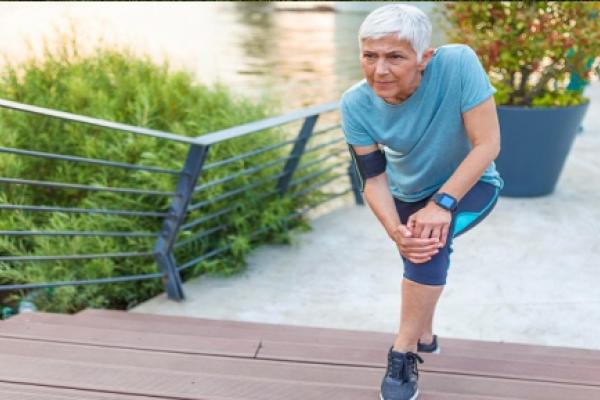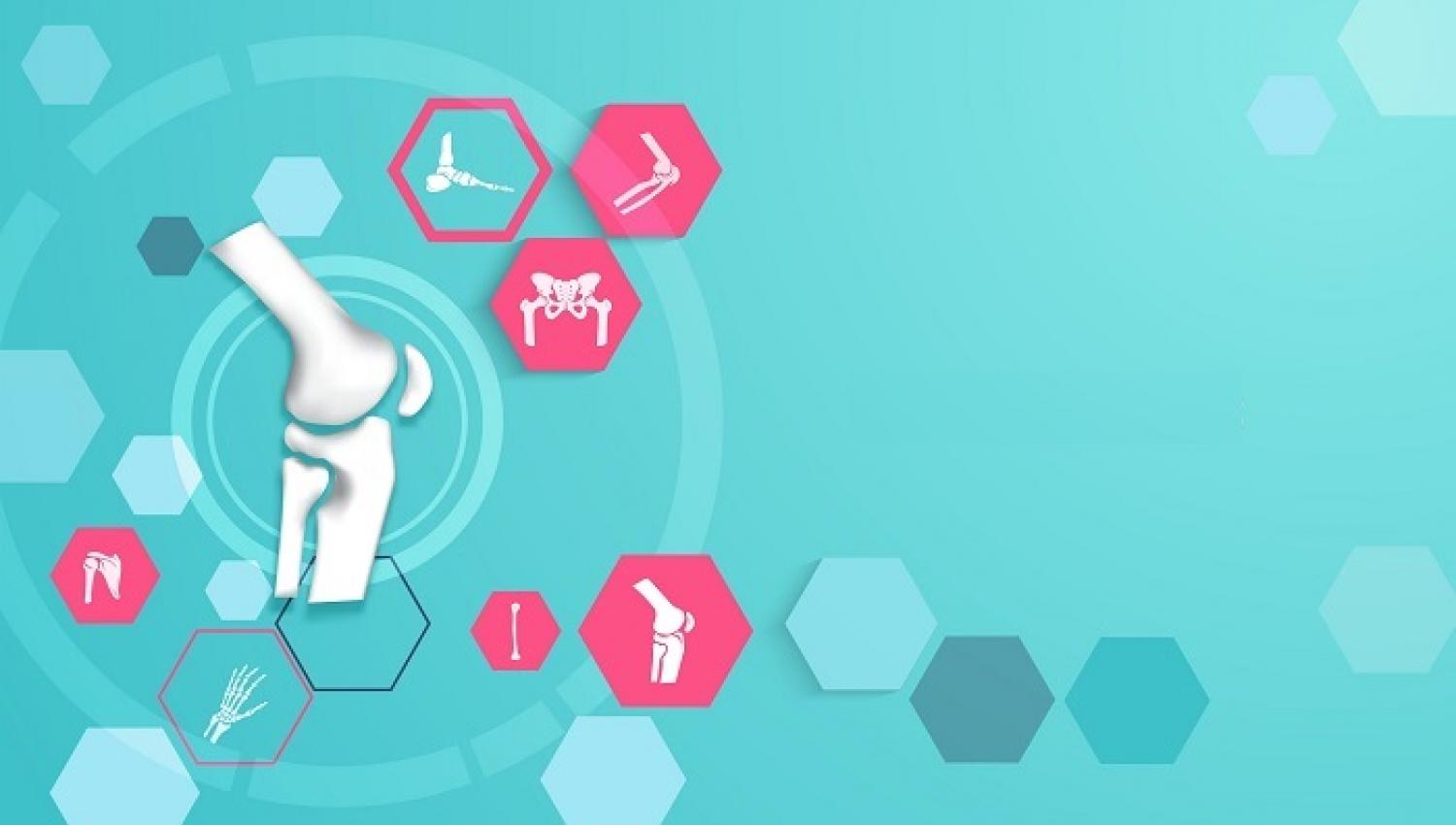If you experience pain in your knees when squatting or going up and down stairs, it may indicate a problem. Orthopedics and Traumatology specialist Assoc. Prof. Dr. Gökhan Meriç conveyed important information about the period in which many people should take into account this situation from time to time.
What is Knee Calcification
There is joint fluid in the joint for easy movement of the knee. During exercises such as squatting, it can cause a sound similar to cracking in the fingers due to the crushing of the gas in this liquid in the knee joint. Orthopedics and Traumatology Specialist Prof. Dr. Gökhan Meriç said that if there is constant pain with every joint movement, then the condition called 'crepitus' may occur. Stating that the sounds coming from the knees are mostly non-pathological during exercise or climbing stairs before 30-35 years of age, Yeditepe University Hospitals Orthopedics and Traumatology Specialist Prof. Dr. Gokhan Meric, said, “However, if the patient is at a young age, if the knee is painful, it is necessary to pay attention. If you are around 55-60 years old and have pain in your knees and a squeaking sensation while going up and down the stairs, this may indicate a different underlying disease”.
The Problem may be Related to the Knee in Young People
According to the information given by Assoc. Dr. Gökhan Meriç, the sound from the knees along with the pain in young people can be caused by problems related to the kneecap. "Due to not being in the proper position in the groove formed by the bones of the knee joint, especially in young women, knee crunching and pain may occur at an early age," said Prof. Dr. Gokhan Meric, and continued his words as follows: “The cartilage tissue covering the knee joint does not actually feel pain, but due to the repetitive friction over time, the protective cartilage in the joint gradually wears away and may cause further cartilage wear after first softening. After advanced cartilage wear, the bone surface emerges, and the patient's knees become painful”.
A Sedentary Life may be the Cause
Stating that a sedentary life and physical activity play an important role in the emergence of the problem, Prof. Dr. Gokhan Meric said:
“A study conducted in Brazil in 2019 evaluating people with advanced cartilage wear in their knees; It has been revealed that those with a crackling sound from their knees are in lower physical activity and their quality of life is lower than those who do not”.
Pain with the Sound is an Important Sign
Underlining that the pain seen next to the sound from the knee is an important sign of the existence of a different problem, Prof. Dr. Gokhan Meric explained that in a study published in 2014, crackling seen with kneecap pain was shown as an early sign of calcification of the kneecap joint. However, reminding that not everyone who hears a sound from their knees may experience pain, Prof. Dr. Meriç gave the following information on the subject: “In addition to this research, in another study published in May 2017 and involving approximately 3.500 participants; “It showed that people who initially had more noise in their knees but were free of pain were more likely to develop cartilage wear in their knees than those who experienced less or no crunch.”
Presence of Pain Shapes the Treatment
Stating that whether there is pain with crackling is also an important criterion in terms of approaching the situation, Prof. Dr. Gokhan Meric gave the following information: “The occasional crunch without any discomfort or pain is usually nothing to worry about and it is enough to follow up, but if pain is experienced with crackling, it is necessary to stay away from compelling movements of the knee and consult a specialist. This condition may develop due to anatomical congenital improper placement of the kneecap in young people, and cartilage wear called calcification in people over 50 years old. In this case, the cause of the problem is revealed with examination and imaging methods and the necessary treatment is applied”.
How to Protect Knees during Exercise
Pointing out the importance of leg and hip strengthening exercises in order to reduce complaints in painless or painful crackles, Prof. Dr. Gokhan Meric talked about the things to be considered while exercising: “The purpose of the exercises is to increase the muscle strength, to reduce the load on the knee and to keep the kneecap in the proper position. Exercises that require excessive bending and lifting such as squats should be avoided, as they can cause knee wear and tear if the exercises are not done properly. If there is a crunch or mild discomfort in the knee while doing the exercises, instead of putting body weight on the knee, the hip can be thrown back to prevent the load from coming to the knees. Again, to work the hip and side leg muscles, the exercises for walking sideways by bending the knees slightly are highly effective. Before the exercises, muscle tension should be prevented by stretching and stretching exercises and maximum efficiency should be tried to be obtained from the movements. Walking and swimming are also greatly beneficial exercises for the joints”.
People with Excess Weight should Lose the Extra Load
Pointing out that one of the most important things to do to prevent knee pain and crunching is to reduce the load on the joints, that is, to lose weight, Yeditepe University Hospitals Orthopedics and Traumatology Specialist Prof. Dr. Gokhan Meric stated the following about other measures to be taken: “If the patient has pain due to calcification, knee pads that can be used during intense activity can be used for a short time, especially during painful periods, by supporting the joint. Especially in painful periods, avoid going up and down stairs at home or outside, do not do housework on the knees, and pray sitting down, if possible. If swelling occurs with crackling in the knee joint, this may usually develop due to calcification, that is, advanced cartilage wear. In this case, it may be helpful to rest, apply ice, and place a pillow under the knee to keep it above heart level and wrap the knee in a bandage. However, if the complaints do not resolve despite these practices, a specialist should be consulted”.
”




